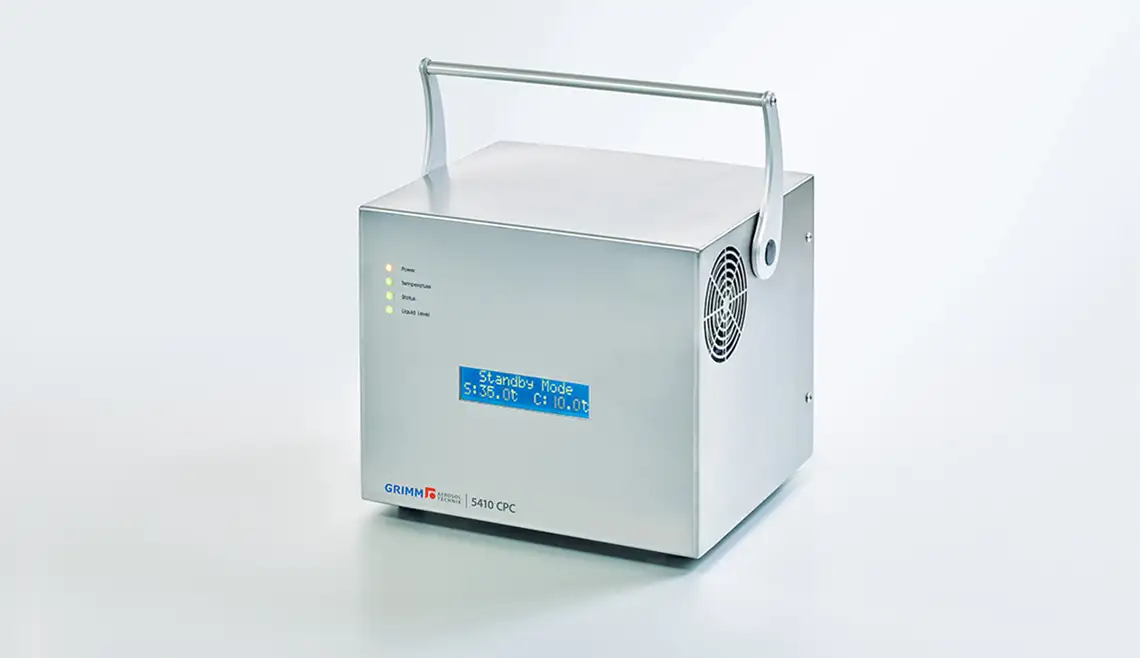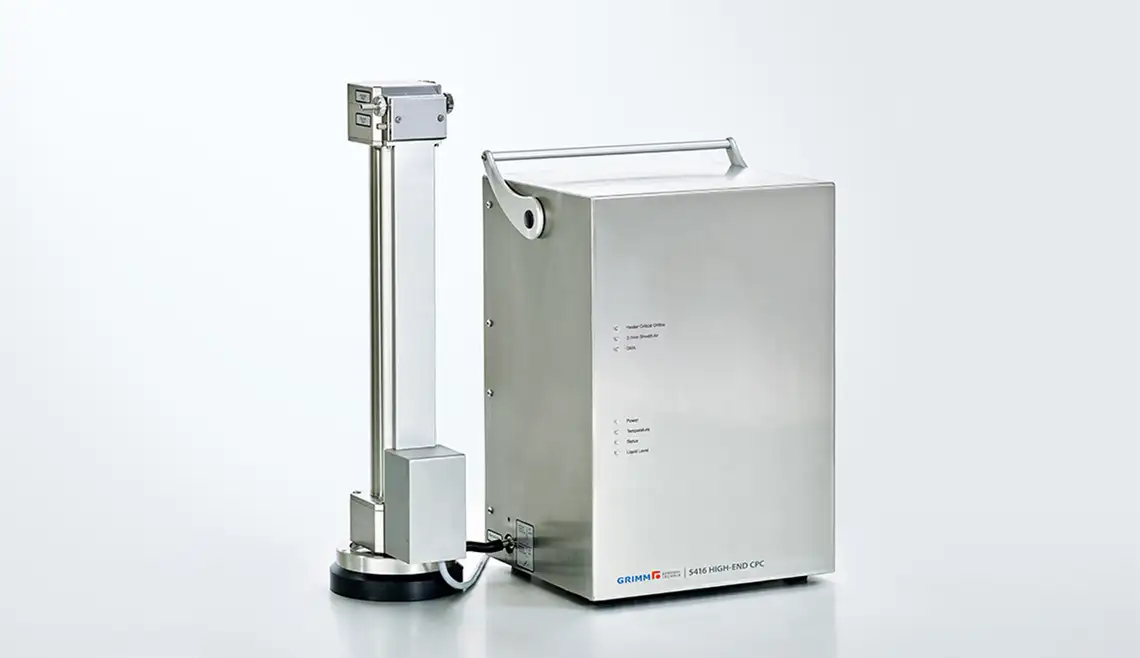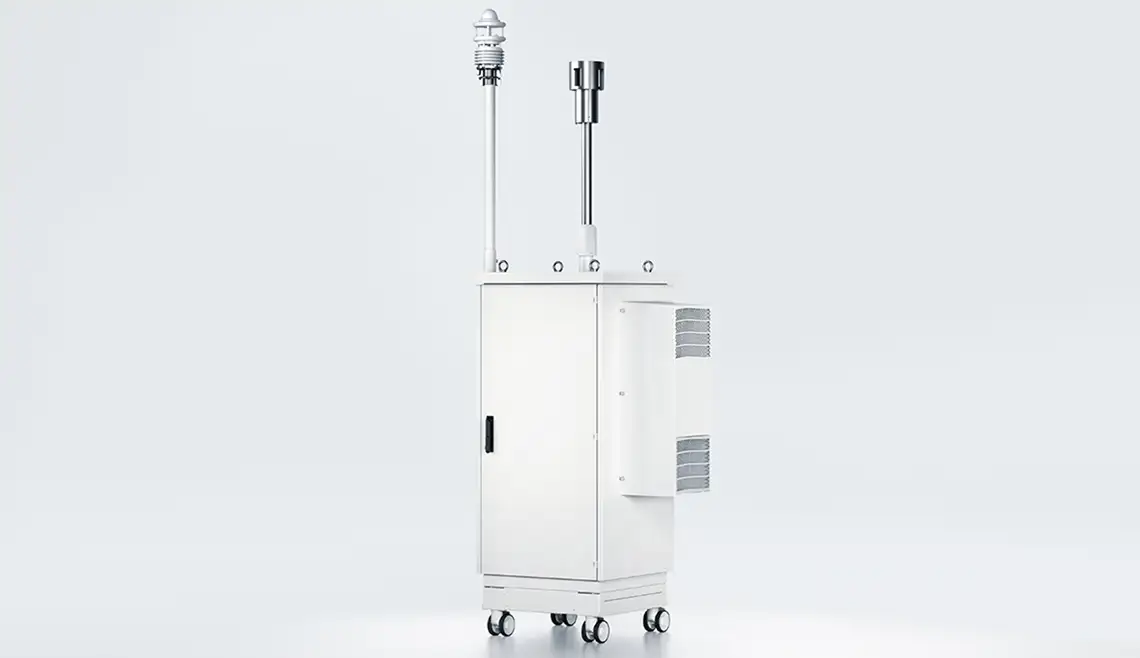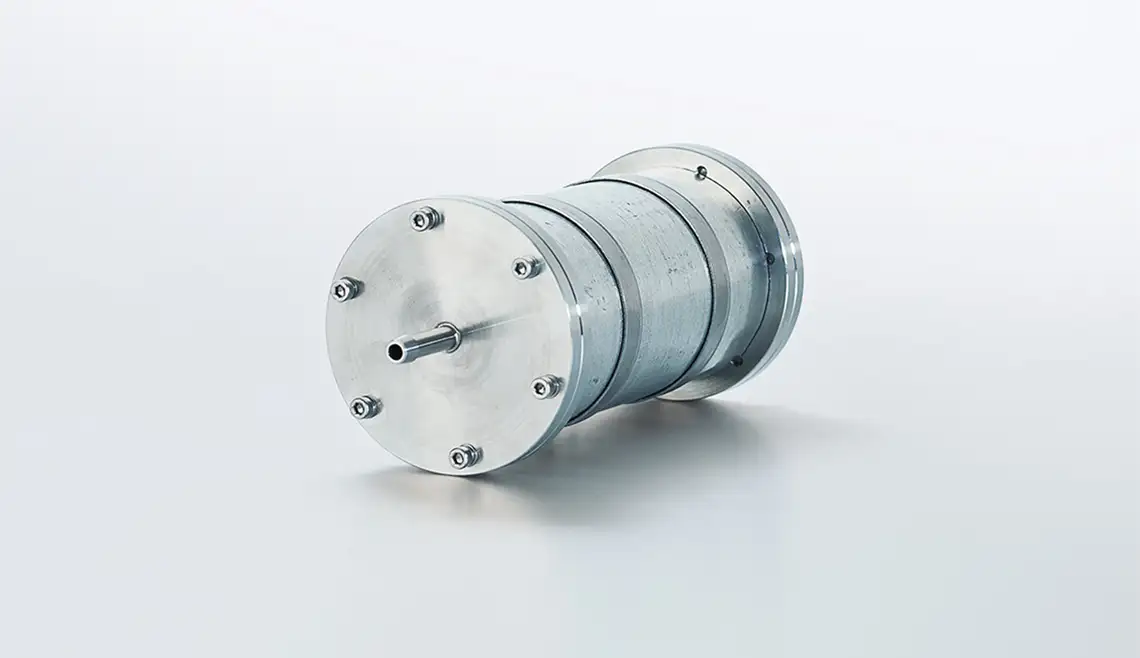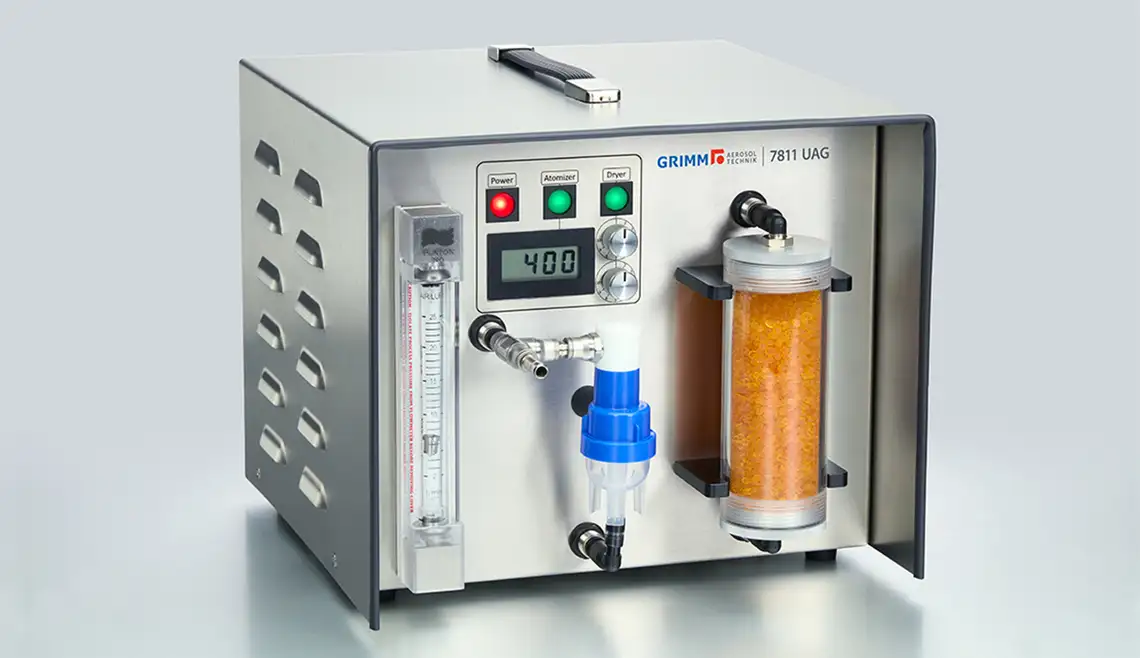
- Solutions
- Process and Environmental Monitoring
- Ambient
- Nanoparticle Measurement
Nanoparticle measurement
GRIMM AEROSOL nanoparticle measurement systems include nanoparticle counters and nanoparticle spectrometers for use in a wide range of applications. In addition, our product portfolio in the area of nanoparticle measurement also includes aerosol generators and a range of aerosol neutralizers.
Sizing and counting of nanoparticles
We use a third party service to embed video content that may collect data about your activity. Please review the details and accept the service to watch this video.
The importance of nanoparticle measuring instruments: Why precise analysis is essential
Nanoparticles play a critical role in a wide range of industrial, environmental, and scientific applications due to their extremely small size and unique physical and chemical properties. Accurate measurement is vital to ensure their safe and effective use. High-performance analyzers, sensors, and advanced detection methods allow for precise monitoring of concentrations in both process environments and ambient air.
Environmental and health impacts of inaccurate measurements
Insufficient or inaccurate nanoparticle analysis can result in significant risks to both the environment and human health. Uncontrolled emissions may affect ecosystems, enter the food chain, or trigger harmful biological responses. In humans, exposure—especially through inhalation—can lead to respiratory issues, inflammation, or long-term cellular effects. Reliable measurement techniques help mitigate these risks and support regulatory compliance.
Enhancing product quality through nanoparticle analysis
Accurate nanoparticle measurement directly contributes to improved product quality and consistency. By maintaining control over particle size and distribution, manufacturers can optimize performance characteristics and ensure product reliability. In industries such as pharmaceuticals, coatings, and advanced materials, precise nanoparticle data is a key factor in meeting quality standards and maintaining competitiveness.
Business advantages and risks of poor measurement accuracy
For companies, investing in accurate nanoparticle measurement offers strategic benefits: better regulatory alignment, fewer product failures, increased customer trust, and optimized production efficiency. Conversely, inadequate measurement can result in faulty products, costly recalls, and potential reputational damage. Advanced analysis techniques reduce these risks and support sustainable operations.
Relevance for science and research
In scientific research, precise nanoparticle measurement is fundamental. Reliable data enables researchers to understand particle behavior, interactions, and long-term effects—especially in fields like nanomedicine, environmental science, and material engineering. Without accurate measurement tools, reproducibility and meaningful progress would be severely limited.
Importance for regulatory agencies and monitoring networks
Government agencies and regulatory bodies rely on accurate nanoparticle detection for air quality monitoring, occupational safety, and environmental compliance. Integrated into official measurement networks, high-precision analysis methods provide consistent, trustworthy data that informs policy decisions and protects public health – especially in urban and industrial areas.
Applications for our nanoparticle measuring systems
Our high-precision, tried and tested systems count and classify ultrafine particles from 0.8 nanometers. They are used for the purposes of inhalation, exposure, environmental and climate studies, for filter tests and emission measurements, and are a fundamental part of basic aerosol research.
These measuring systems are available as mobile, stationary and 19″ devices and can be adapted to the individual requirements of universities, research facilities, industrial companies, meteorological institutes and public authorities.
Nanoparticle counters
Our nanoparticle analyzers include condensation particle counters (CPCs) for laboratory use, for automotive emission measurements (PMP-CPC) and versions optimized for 24/7 operation in measuring stations or remote locations (including 19″ rack mounting). All CPCs feature the proven condensate removal pump and our anti-spill saturator design. They enable single particle counting of up to 150,000 p/cm3 with high detection efficiency and a fast response time. Thanks to a unique saturator shutter, the CPCs can also be transported without having to remove or dry the saturator.
For the measurement of high particle number concentrations or for use as a reference device for the calibration of measuring instruments, we also offer a high-precision, highly sensitive Faraday cup electrometer (FCE). With its fast response time and rinsing air flow design for noise reduction, the FCE features performance characteristics that are unique on the market.
UFP measurement according to European standards EN 16976:2024 and CEN/TS 17434:2020
The European standards EN 16976:2024 for particle counters and CEN/TS 17434:2020 for particle size spectrometers take up the urgent recommendation of the World Health Organization (WHO) to extend the common air quality strategy regarding the determination of the particle size distribution (PSD) and the particle number concentration (PNC) in ambient air to include ultrafine particles (UFP), i.e. nanosized particles. Thus, EN 16976:2024 harmonizes the measurement of particle number concentration in ambient air, while CEN/TS 17434:2020 specifies the determination of nanoparticle size distributions. Both standards describe the applicable measurement methods and ensure the traceability of the instruments to generally accepted references. Most importantly, the standards define the performance characteristics of the instruments and the associated measurement uncertainties.
Our condensation particle counter CPC 5421 – as well as its siblings CPC 5412 and CPC 5410 – can be calibrated according to EN 16976:2024. The same is valid for our CEN-compliant Scanning Mobility Particle Sizer and Counter SMPS+C 5420. GRIMM Aerosol plays a significant role in the corresponding working group of the European Committee for Standardization (CEN) and collaborates with the major research and calibration infrastructures in this field. One of these is the World Calibration Center of Aerosol Physics (WCCAP) at TROPOS, the Leibniz Institute for Tropospheric Research in Leipzig, Germany.
The WCCAP is one of the key calibration institutions within the ACTRIS network (Aerosol, Clouds and Trace Gases Research Infrastructure). We are therefore proud to have our instruments listed on the ACTRIS instrument recommendation list.
References:
Nanoparticle spectrometers
GRIMM AEROSOL offers scanning mobility particle sizers with condensation particle counters (SMPS+C) and with Faraday cup electrometers (SMPS+E) as detectors. In addition, the GRIMM PSMPS is a mobility particle size spectrometer that combines a GRIMM SMPS+C system with the Airmodus Particle Size Magnifier (PSM). All nanoparticle sizer systems feature the “Vienna-type” DMA design1, which is known for its highest size resolution and lowest particle diffusion losses. Thanks to the flexible design of the DMAs with three electrodes of different lengths (S-M-L), a wide range of experimental requirements can be met.
1) Winklmayr et al. (1991), J. Aerosol Sci., 22, 289
Reischl, G.P., Mäkelä, J.M. and Necid, J. (1997). Aerosol Sci. Technol., 27, 651-672
Wide range aerosol spectrometers
Our unique measuring devices detect particle number size distributions from just a few nanometers up to the micrometer range. The data from these wide range measuring devices are the basis for numerous applications in aerosol research, in climate research or in the optimization of processes.
We offer flexible solutions for stationary continuous measurements outdoors, aerosol studies in the laboratory and portable all-in solutions for industrial research.
Aerosol neutralizers
Bipolar aerosol neutralizers from GRIMM AEROSOL ensure a well-defined stationary charge distribution on the aerosols to be examined. We offer neutralizers based on radioactive sources (241Am and 63Ni) and also with alternative ionization sources based on an annular dielectric barrier discharge and based on soft X-rays. The latter are subject to considerably fewer safety restrictions for operation, transport and storage and, depending on the country, often require no special handling licenses.
Aerosol generators
GRIMM´s aerosol generators are used when a well-defined particle composition in conjunction with a stable particle number size distribution is required. Our devices generate aerosols from all types of liquids, suspensions and solutions, such as sodium chloride (NaCl), di(2-ethylhexyl) sebacate (DEHS) and polystyrene latex spheres (PSL), but also metal oxide particles by sublimation of tungsten oxide (WOx).
Why choose GRIMM AEROSOL for nanoparticle measurements?
With over 40 years of expertise, GRIMM AEROSOL, a DURAG GROUP company, stands as a global leader in aerosol measurement technology. Renowned for precision and reliability, GRIMM offers innovative solutions for detecting and analyzing aerosol particles across various sectors, including environmental monitoring, occupational safety, and research.
GRIMM´s state-of-the-art instruments, such as condensation particle counters (CPCs) and scanning mobility particle sizers (SMPS+C), are designed to meet stringent standards like the European standards EN 16976:2024 and CEN/TS 17434:2020, ensuring compliance and accuracy in nanoparticle measurements. By choosing GRIMM AEROSOL, organizations benefit from cutting-edge technology and comprehensive support, facilitating enhanced air quality assessments and informed decision-making.
Related content

Nanoparticle monitoring for industry and research

Air Monitoring Networks
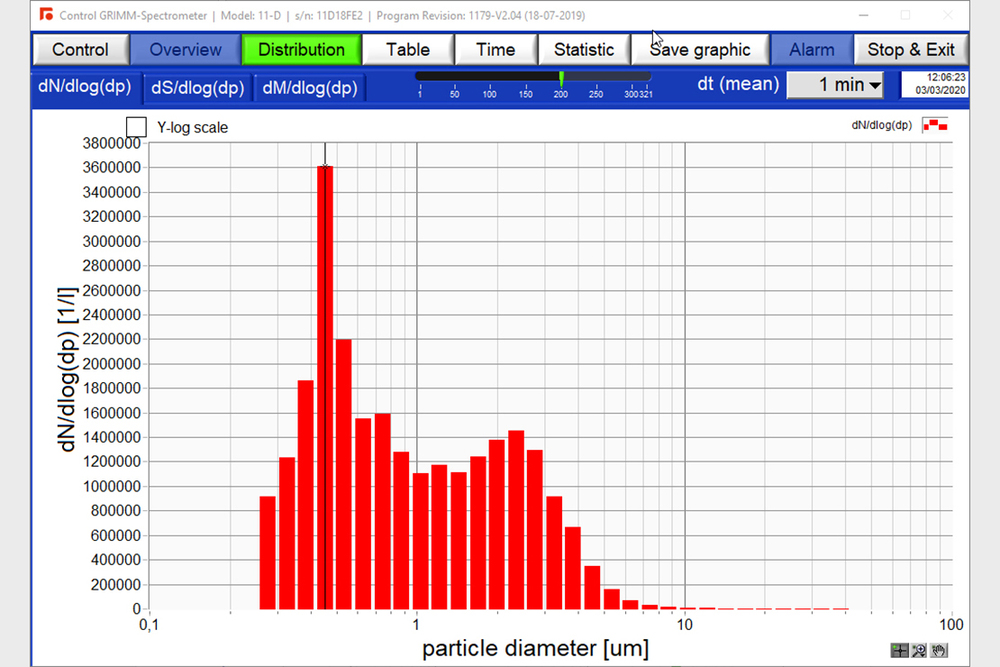
Software Aerosol Measurement
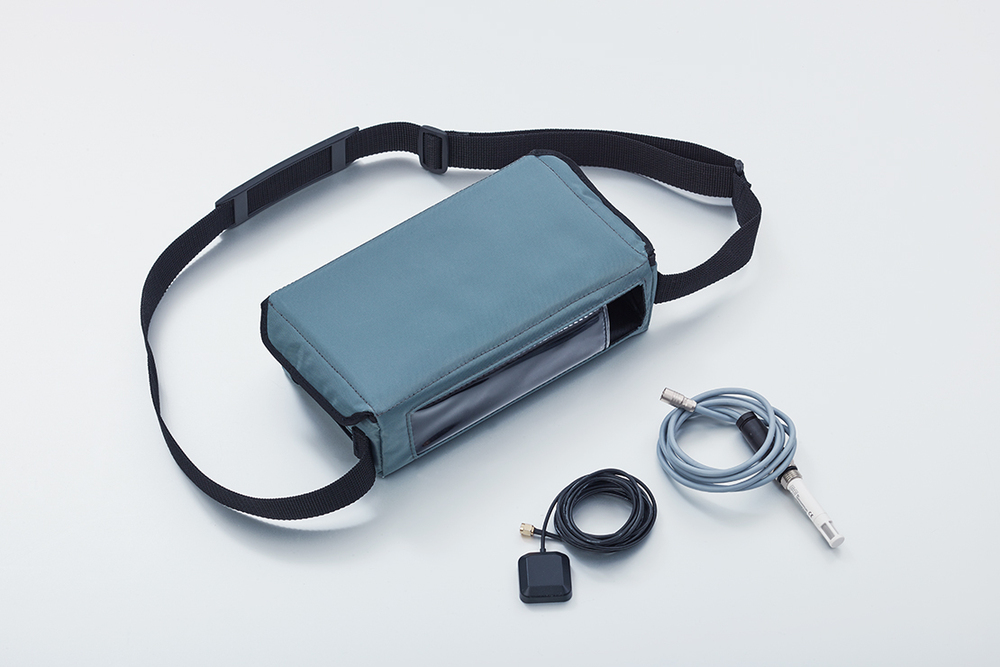
Accessories Aerosol Measurement

Aerosol and gas measurement above the clouds

EUREC4A


